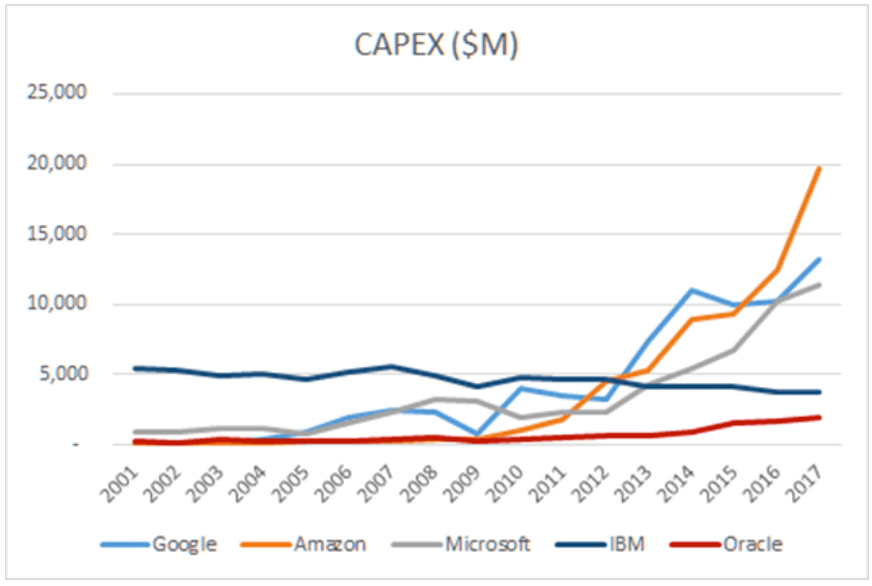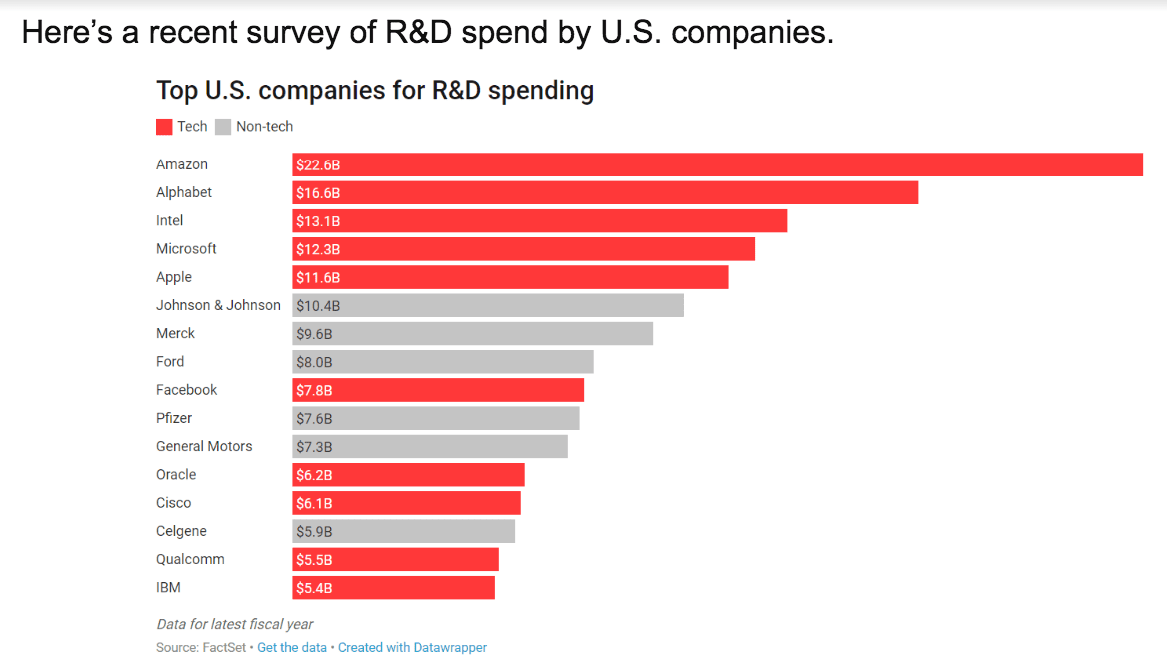How to Interpret The Clear Signs of Oracle’s Decline
Executive Summary
- Oracle recently changed how it reported its cloud revenues.
- We cover what this revenue reporting change means.

Introduction
In January 2017, Oracle quietly changed its database licensing policy, effectively doubling its licenses on AWS and Azure. This was a clear signal that Oracle cloud is struggling. I explain this in more detail here.
Our References for This Article
If you want to see our references for this article and other related Brightwork articles, see this link.
Lack of Financial Bias Notice: The vast majority of content available on the Internet about Oracle is marketing fiddle-faddle published by Oracle, Oracle partners, or media entities paid by Oracle to run their marketing on the media website. Each one of these entities tries to hide its financial bias from readers. The article below is very different.
- This is published by a research entity, not some dishonest entity that is part of the Oracle ecosystem.
- Second, no one paid for this article to be written, and it is not pretending to inform you while being rigged to sell you software or consulting services. Unlike nearly every other article you will find from Google on this topic, it has had no input from any company's marketing or sales department. As you are reading this article, consider how rare this is. The vast majority of information on the Internet on Oracle is provided by Oracle, which is filled with false claims and sleazy consulting companies and SAP consultants who will tell any lie for personal benefit. Furthermore, Oracle pays off all IT analysts -- who have the same concern for accuracy as Oracle. Not one of these entities will disclose their pro-Oracle financial bias to their readers.
What Changed?
This year, Oracle changed its revenue reporting policy and stopped reporting cloud revenues separately. This was a second signal to analysts and investors that Oracle’s cloud business is in trouble.
Last month, the City of Sunrise Firefighters filed a lawsuit in a US district court in Silicon Valley against Safra Catz, Mark Hurd, Larry Ellison, Thomas Kurian, Ken Bond, and Steve Miranda, citing allegations of fraud. The Florida-based investment group claimed Oracle’s leadership misrepresented cloud segment revenue growth, falsely attributing it to Oracle’s “unprecedented level of automation and cost savings.” The complaint alleged Oracle has been “forcing customers to adopt its cloud services, to inflate revenue and hide market disinterest.”
Earlier this month, Oracle president and head of Oracle cloud Thomas Kurian announced he’s leaving. Insiders said that his departure results from a clash with the boss, founder, CTO, and executive chairman Larry Ellison.
“Kurian wants Oracle to make more of its software available to run on public clouds from chief rivals Amazon.com and Microsoft as a way to diversify from its own struggling infrastructure, a view opposed by Ellison,”
..one of the people said.
Who is Holding Oracle back?
For decades, Oracle (Hardware.Software.Complete) followed the one-stop-shop strategy pioneered by IBM. In the past 8 years, however, mainstream IT standardized on the Intel platform. IBM accepted that. They no longer compete in the Intel space. Amazon owns the Intel cloud, Microsoft owns intel software, and Google owns intel AI.
Today, IBM is pursuing a fortune 250 strategy. Their go-to-market “niche” is built around Z and Power performance hardware. SAP never entertained the idea of going into mainstream IaaS or PaaS. Instead, they also adopted a niche, high-end, proprietary appliance strategy within their own ERP install base. Both vendors learned the lesson from Verizon, HP, Cisco, VMware, and Rackspace.
Oracle’s biggest vulnerability is that its investors have become used to the company having the fattest profit margins in the industry. Oracle’s executives built their executive compensation model around those numbers. Basically, investors and executives are jointly unwilling to trade off profit margins for revenue growth. Despite consistently declining revenues, Oracle has 4 of the top 25 paid executives globally, even though Oracle doesn’t even make it into the Fortune 100 list!
Losing the CAPEX Battle
In 2017, Amazon, Google, and Microsoft spent more on CAPEX than Oracle has in its entire history. CAPEX spending on cloud infrastructure is both a leading indicator of the ability to compete at scale and confirm success with customers. In cloud computing, CAPEX is the ultimate form of putting your money where your mouth is because no amount of jawboning alone will conjure up data centers or pack them with millions of servers.

To compete in cloud infrastructure, Oracle must at least match the CAPEX spending of its rivals. This would decimate its profit margins and send its stock price into a tailspin. Moreover, Oracle’s on-premises margins depend on owning the entire stack. Hardware, middleware, and software.
Just like IBM, Oracle can’t commercially compete in mainstream Intel-based IaaS. That leaves Oracle struggling with steeply declining hardware sales for SPARC, Engineered Systems, and Storage.
More Signals of Oracle’s Decline
- In 2008, Larry ridiculed cloud computing and set Oracle back a decade.
- In 2010, Larry shut down Sun Cloud. Again, a historic lost opportunity.
- Java, the internet programming language, the one technology with the greatest potential to evolve into a true internet platform as a service, was wasted. “Write-once, Run anywhere” sounds like today’s Docker and Serverless.
- Oracle’s cloud at the customer attempted to get customers to finance Oracle cloud by paying for their own hardware and data centers.
Conclusion
Oracle’s investors and executives are holding Oracle back. Investors are unwilling to trade profit margins to finance growth catalysts like cloud infrastructure. Instead of spending on R&D and cloud infrastructure, Oracle executives spent $12 billion this year to buy back shares to boost the stock price and their own compensation packages.
